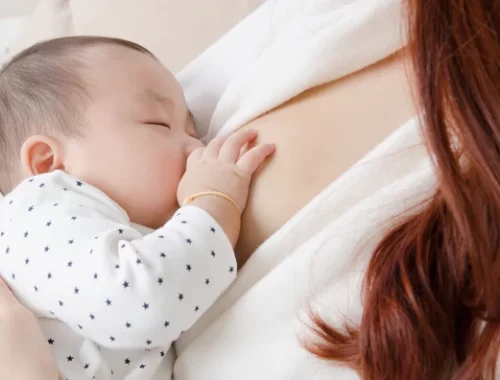
What Temperature for a Child’s Room?
Summary
The temperature in the baby’s room
The temperature in the older children’s room
The price and points of sale of accessories
Each room has its own temperature. More than anywhere else, a temperature that is too high in a child’s room is terrible for health and the wallet. Too low, on the other hand, is just as bad for your health but also a source of discomfort. So it’s all about moderation, with a few tips to know!
The temperature in the baby’s room

Regulate the temperature in summer and winter
As soon as baby is born, his room temperature is essential to his well-being. It must be between 18° and 20°. For safety reasons, avoid stoves, auxiliary heaters, electric blankets, and hot water bottles to keep the temperature constant in winter. In general, do not place your child’s bed near a heat source or too close to the window.
In summer, the temperature should not rise too high. To regulate it, close the shutters during the day and open them again as soon as the temperature drops. A fan can help you control the room temperature, but the airflow should not be directed directly at baby.
The temperature sensor
The temperature sensor is a practical device that monitors the temperature in your baby’s room and alerts you via an alarm or digital display as soon as it changes. This sensor is commonly integrated into the baby monitor, which, by functioning like an intercom, allows you to keep an eye on your child during his sleep.
Good to know: humidity is another factor to consider, whether in the baby’s room or the older children’s room. Its rate must be between 50 and 55%. If it is too low, dry air can cause respiratory irritation. Too high, it favors microbial development. Don’t hesitate to invest in a baby humidifier if the air in the room is too dry.
The temperature in the older children’s room

In the older children’s room, as in the adult’s room, the temperature should be between 16° and 18°, which promotes good sleep. It is possible to slightly increase the temperature during the day (to 19° – 20°) when the child is playing or working in his room to lower it again at bedtime. Closing shutters and curtains at night will also help prevent heat loss.
Good to know: just one degree less saves 7% of your heating consumption!
In the summer, temperatures too high do not help you fall asleep or get a good night’s sleep. Ventilate the room in the morning and evening, keeping the shutters closed during the day. As in the baby’s room, you can also opt for a fan, but be careful with the air conditioner, which should be used in moderation so as not to create a thermal shock, which can cause respiratory and eye infections.
It is also important to air the room, winter and summer, for 10 to 15 minutes every day to renew the indoor air that is 5 to 10 times more polluted than the outdoor air! In addition, the less humid outside air increases the heating system’s efficiency.
The price and points of sale of accessories
Different accessories can allow you to regulate the temperature in your child’s room:
For a baby monitor with a built-in temperature sensor, expect to pay around $100 to $200.
For a room fan, count from $15 to $350 approximately.
For a humidifier, count from $50 to $100.
You can find these accessories in department stores, hardware stores, baby stores, and on the internet.
You May Also Like

How to Keep Baby Safe Every Day
2022-10-05
Exploring the Benefits of Tubular Steel Fences in Childcare Centers
2024-02-05

